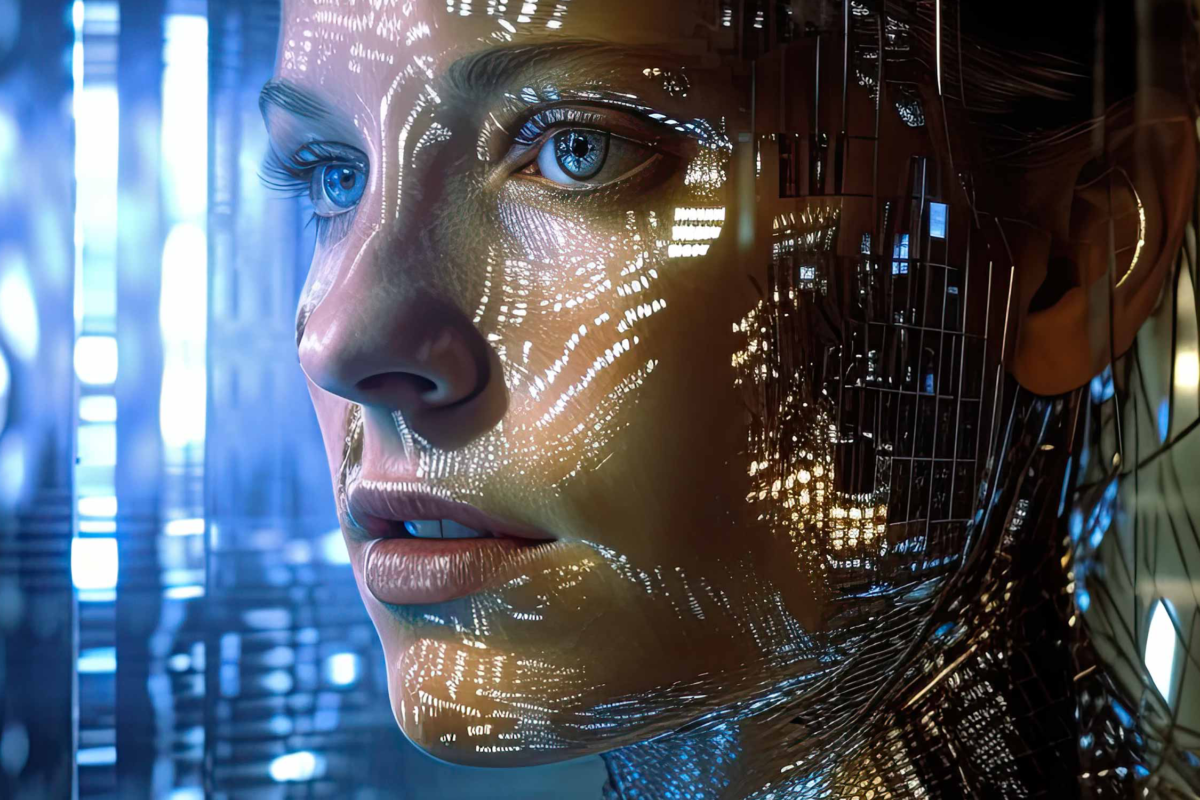Creative technology: The AI revolution

Creative technology: The AI revolution
With the release of ChatGPT-4, software based on artificial intelligence, or AI for short, is becoming increasingly important. AI no longer accompanies us only in the form of image recognition software on mobile phones or in the form of personalised playlists from streaming services. It is now also increasingly used in creative work processes. AI creates images, edits videos and writes texts.
Will creative craftsmanship be taken over by machines?
The use of AI tools in the creative industry is believed to have significant potential and is already being used in some areas. For example, AI tools can be used in music production and image editing to support and speed up the creative process. However, some believe that the use of AI tools will make craftsmanship in the creative industry more rare. Creativity is a human skill built on cognitive and emotional abilities that cannot be fully simulated in AI. AI tools can help automate certain tasks, such as data analysis or image recognition, but they cannot replace human imagination and creative thinking. Therefore, it is argued that AI tools should be used in the creative industry as a tool to support the creative process rather than as a replacement for human creativity and craftsmanship. Creativity and craftsmanship remain unique and indispensable aspects of creative industries.
(Response from Chat-GPT to the question «How do you assess the use of AI tools in the creative industry? Is creative know-how becoming rarer as a result? Write a paragraph in 3rd person»)
AI as a caricature of our brain
As Chat GPT has beautifully put it, the interconnectivity and imagination of the human brain is irreplaceable. Or maybe the AI tool just wanted to reassure us while it secretly works on world domination… just kidding. In the early 1990s, the media philosopher Vilém Flusser described the lever as a «caricature of the human arm» that focuses purely on the lifting function and disregards the other aspects of an arm. It is similar with AI. It is like a kind of caricature of our brain, specialised in data processing, leaving out aspects such as the creative process, emotionality and the ability to make connections in various contexts. And just as the lever drove and enabled industrialisation, we can expect similarly great things from AI. The crucial factor is how we handle these tools and what doors we open with them.
Industrial creativity or creative revolution?
We tend to resort to tools and work processes that make our daily lives easier, so that we can focus on the activities that seem more important to us. With good reason, because humans are fundamentally social and creative beings. AI tools open up new possibilities in the work processes of the creative industry. The beauty of it all is that the focus remains on the creative. AI does not take creativity away from us, but takes over time-intensive work steps that normally restrict our way of thinking while offering an extensive foundation for new approaches in projects. Nevertheless, it is up to our brain to make decisions and formulate prompts for various AI tools. Likewise, only a creative mind can recognise and assemble the subtle and broad cross-connections between individual lines and contexts to create a unique arrangement of various media and communications, which is what makes creative projects so exciting. As a result, creativity receives more attention and is demanded more in creative work processes. AI builds us a very stable and high basic framework to create something new. But we set up the creative facades and the colourful inner life of the building ourselves. We are not still approaching the digital «industrial revolution», we are already in the middle of it. AI as a caricature of our thinking does not abolish our brain, but emphasises what makes us unique as social and creative beings. It is up to us to rethink creative processes through AI support in order to achieve far greater things than we thought possible in interaction with these intelligent levers of thought.
PS: To find out what AI can and cannot do already, we had various specialised AIs work out an event concept from A to Z. You can find the case on our website.
Jonathan Schwarz
Creative Director, Live Lab

After completing his master’s in theology, Jonathan switched to the live communication sector in 2013 and completed a bachelor’s degree in media and cultural studies at the same time. After two positions at agencies in Cologne and Zurich and international awards for his conceptual work, Jonathan joined Live Lab as Creative Director in 2020.




